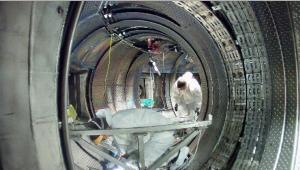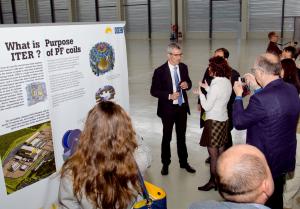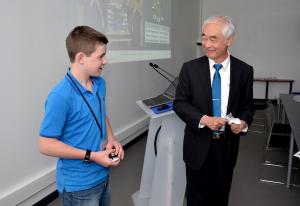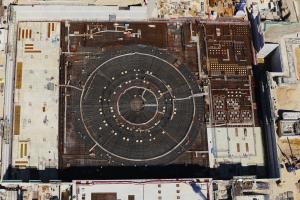What’s New
19 May 2014
ITER news digest for the period of 12 May 2014 to 19 May 2014.
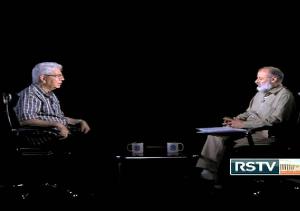
A conversation with Prof. Predhiman Krishan Kaw
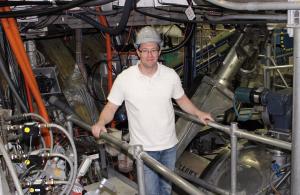
5 years, $2.5 million to explore hot edge of fusion plasmas
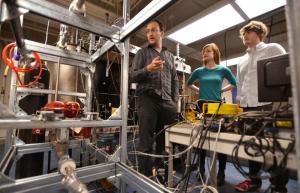
Nuclear startups reimagine atomic energy
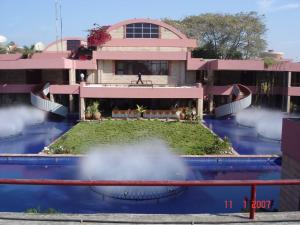
India and the historic global effort to find new energy

Preparations for the operation of Wendelstein 7-X starting at IPP Greifswald

A letter from the ITER Director-General on the meeting of the Fourteenth ITER Council
Preparing Tore Supra for WEST - a time lapse video
